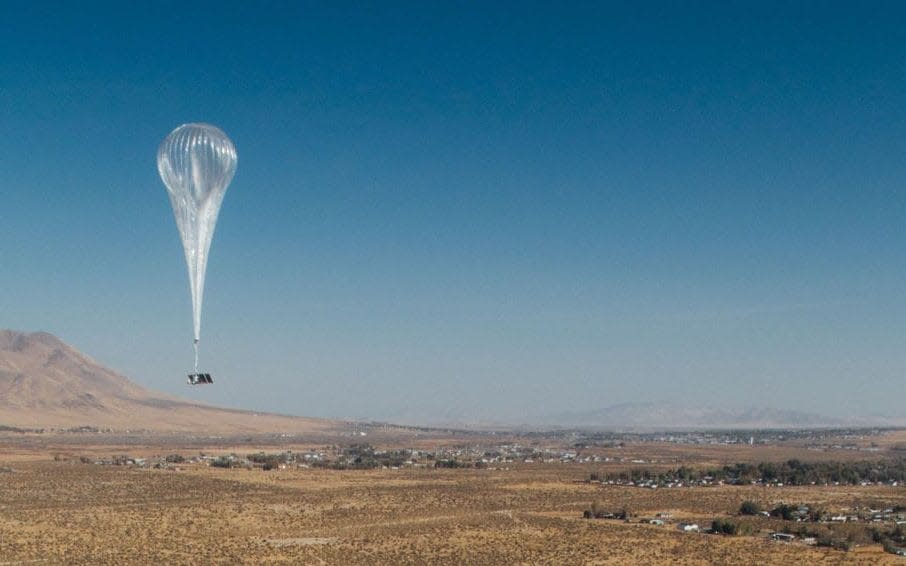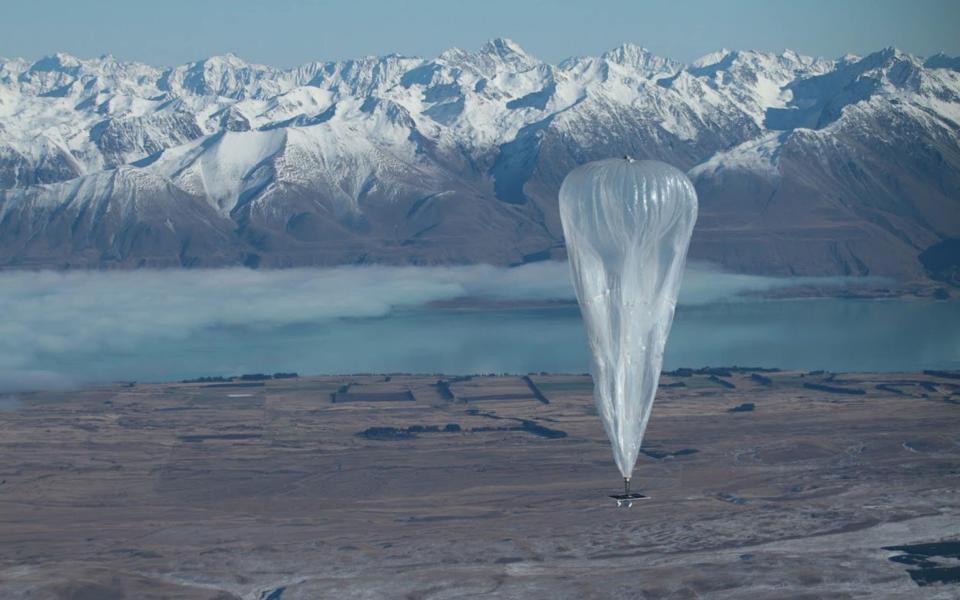Alphabet’s Loon launches its balloon-powered Kenyan internet service

Loon, a unit of Google’s parent company, Alphabet, has launched its high-altitude internet balloons in Kenya, bringing tens of thousands of people online.
A fleet of 35 balloons, 12 miles in the stratosphere, will provide 4G services to subscribers of Telkom Kenya, the country's third biggest telecoms operator.
Together, the fleet will cover 20,000 square miles across western and central areas of the country. It is the first non-emergency use of Loon to provide the internet on a large scale, and the first time balloon-powered internet has been used in Africa.
The balloons were previously used to offer emergency service to over 200,000 people following Hurricane Maria in Puerto Rico.
Alastair Westgarth, Loon’s chief executive, said that it would be one of many commercial launches around the world.

“Frankly, I didn’t think it would work," he said. "It seemed too crazy, even for a company with a reputation for making the outlandish possible.
“What once seemed outlandish, is now proving my former self wrong with every person connected and every megabyte of data consumed from the stratosphere.
“What we’re seeing in Kenya today is the laying of the foundation for a third layer of connectivity.”
Alphabet began testing the service in March and has already seen internet speeds that support voice and video calls, WhatsApp, email, texting and web browsing, Mr Westgarth said.
Loon's devices conduct a “balloon dance” to help form a network over larger areas of land by floating on stratospheric winds and working together to provide coverage to the areas below.
They are launched to 60,000 feet - double the height of typical flight paths - using twin 90ft machines every 30 minutes.
Navigational algorithms direct the balloons, allowing them to maneuver the winds. Each is packed with communication equipment that covers more than 4,000 square miles, which is around 200 times more than an average mobile phone mast.
Loon was established in 2013, as part of Google X, the company’s “moonshot” factory that is responsible for Waymo, Alphabet’s driverless car unit.


